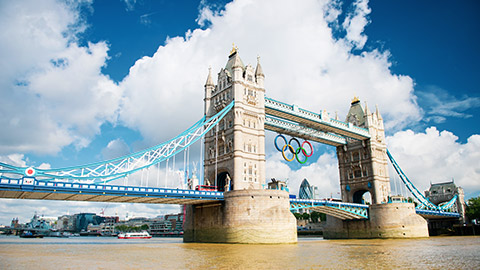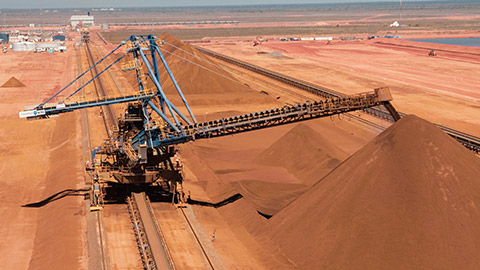Let’s look at mass tourism…this tourism can put a huge strain on local services and facilities, not to mention the environment.
The London Olympics in 2012 was a great example of mass tourism. In July and August of 2012, the whole world was fixed on London and the Olympic Games. Let’s look at some of positive and negative impacts for London in relation to the games and the mass tourism it experienced.

Positive Impacts
- Creation of lots of jobs, both direct and indirect.
- Meeting new people and learning about a different culture.
- Huge amount of money spent by tourists in London.
- People travelled further afield in the UK or Europe once the games ended.
- Free marketing and promotion for England, word of mouth.
- People may return to England for a holiday in the future.
- It was a chance for England to show the world its tourism potential.

Negative Impacts
- Con men selling fake tickets to unsuspecting people.
- Price of accommodation skyrocketed due to demand.
- Tight security and high prices damaged domestic and international visitors to the games.
- Impacts of environment and increased pollution due to the development of the Olympic village and the Olympic stadium itself.
- Overcrowding, traffic issues.
- Cost increases for businesses to cater for tourist demands.
- High pressure on the city’s facilities such as sewerage and water systems.
- High pressure on the airport facilities such as seating, entertainment, food outlets, bathrooms etc.
New business will often bring benefits to a city or town. Two examples which we’ll look at now are the discovery of oil off the coast of New Plymouth and the mining opportunities in various areas of Australia, we’ll focus on Port Hedland in Western Australia.
Due to these newly created job opportunities in both areas, workers flock to the towns in pursuit of making good money, they work long and hard hours. Due to these career opportunities, both towns have reaped the benefits of this mass business tourism.
New Plymouth already existed of course when oil was discovered, but the impact of this discovery and influx of people to the city is significant.
Many new jobs have been created in the town to cater for the arrival of workers to the area, accommodation houses, increased or improved transport, improved airport and air services, creation of travel agencies etc.

Development of the iron ore deposits resulted in major changes taking place. 1965 was the year when Port Hedland’s massive development programme started, and the small town of some 1,200 people was thrown into a frenzy of activity and expansion. During this time the satellite community of South Hedland was established and now caters for more than half of the Port Hedland population.
With a lack of timber for building, no roads and only a small quantity of drinkable water, few would have imagined that the initial tiny settlement would grow into one of the largest and busiest mineral ports in the world. Nowadays the population of Port Hedland is approximately 15,000.
The two major business enterprises within the town are BHP Billiton, which operates a significant iron ore processing and shipping facility exporting 70 million tonnes of iron ore per year, and a complex direct reduced iron plant producing iron briquettes for export; and Dampier Salt, which produces over 3 million tonnes of industrial salt annually for export from solar salt ponds. Other minerals including manganese, copper and tantalum are also exported by various companies.
There is a range of companies providing varied support services including metal fabrication and welding, mechanical and electrical services, construction and general contracting, automotive services, building trades, cleaning services, freight transport, and painting and corrosion control.

Retail businesses operate in various locations in Port Hedland, South Hedland and the Wedgefield Industrial Area. Major shopping centres are the Boulevard (in Port Hedland) and the South Hedland Shopping Centre.
A wide range of professional and Government services are available within the Town. All major banks are in Wedge Street, Port Hedland.
Many people now live in Port Hedland due to the mining opportunities; therefore, this is now their place of residence and therefore their origin when they travel abroad or within Australia.
The positive impacts of this tourism are clearly the development of new facilities and services for the town, therefore the creation of many jobs. Along with the people who travelled to Port Hedland to work, came money of course, as the workers need a place to stay, food and drink and mostly likely entertainment.
The negative impacts could be overcrowding, however nowadays the town is set up for the larger population of 15,000. Other negative impacts could be environmentally, as lots of earth and vegetation would have been moved to make way for the development of the town services and facilities.
